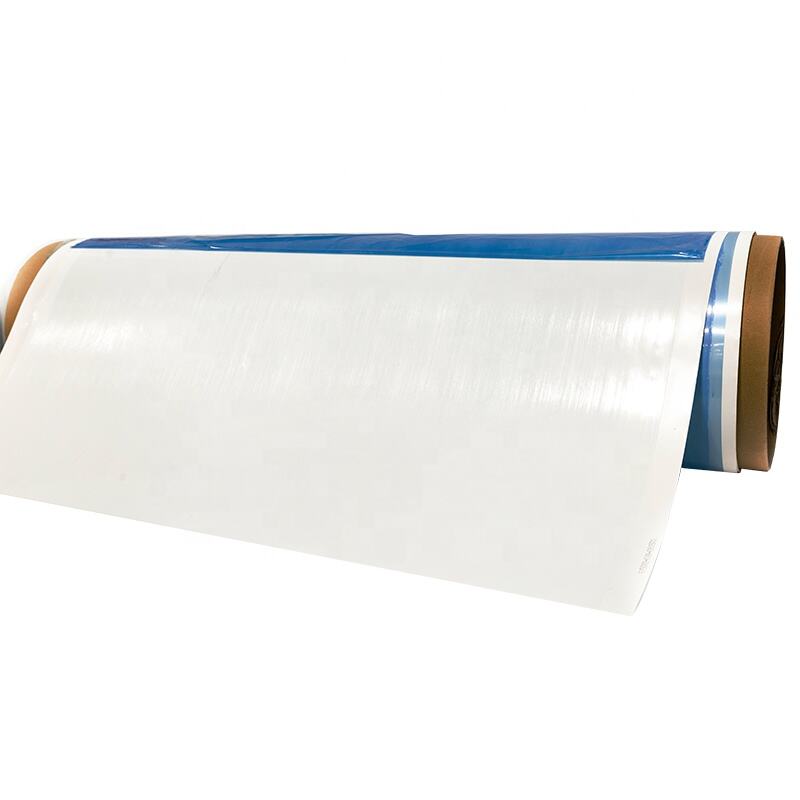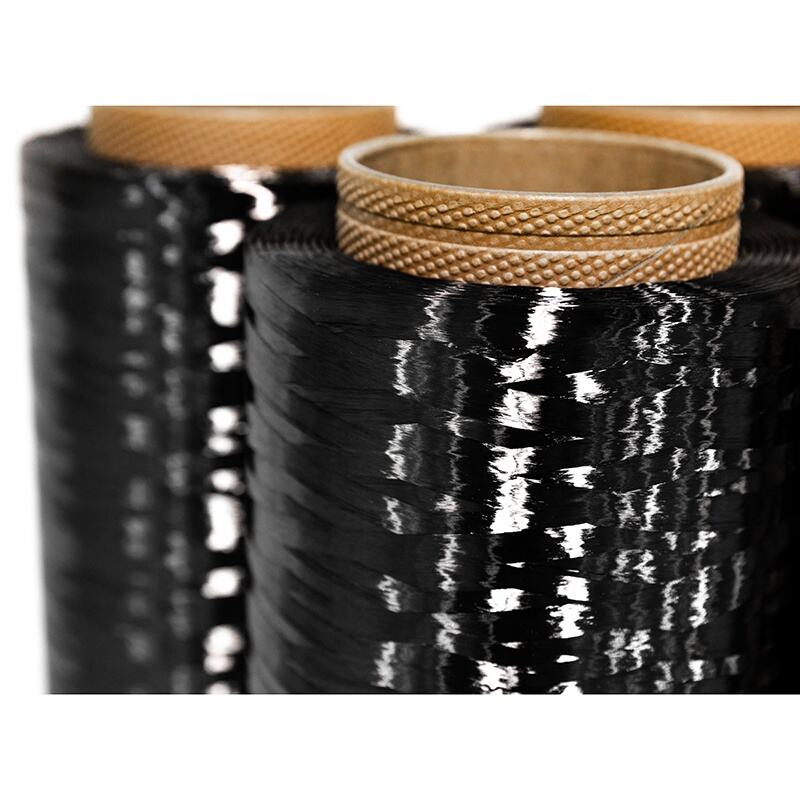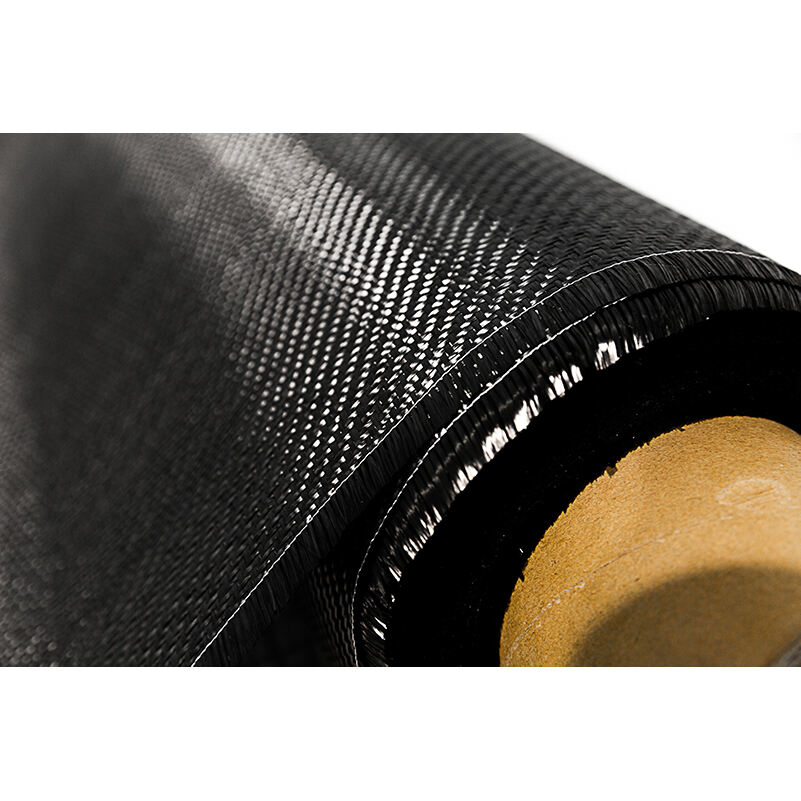carbon fiber cost per kg
Carbon fiber cost per kg varies significantly in today's market, typically ranging from $10 to $50 per kilogram for commercial grade materials. The price fluctuation depends on several factors including quality grade, manufacturing process, and bulk purchase quantities. Standard modulus carbon fiber, commonly used in automotive and sporting goods, generally costs less than high-modulus fiber used in aerospace applications. The manufacturing process involves converting polyacrylonitrile (PAN) precursor into carbon fiber through oxidation and carbonization, which significantly influences the final cost. Raw material quality, production volume, and market demand also play crucial roles in determining the price point. Industrial applications benefit from economies of scale, often securing lower prices through bulk purchases and long-term supply agreements. The cost structure typically includes raw material expenses, processing costs, quality control measures, and transportation fees. Modern manufacturing technologies have helped reduce production costs, making carbon fiber more accessible for various applications while maintaining its superior strength-to-weight ratio and durability characteristics.


